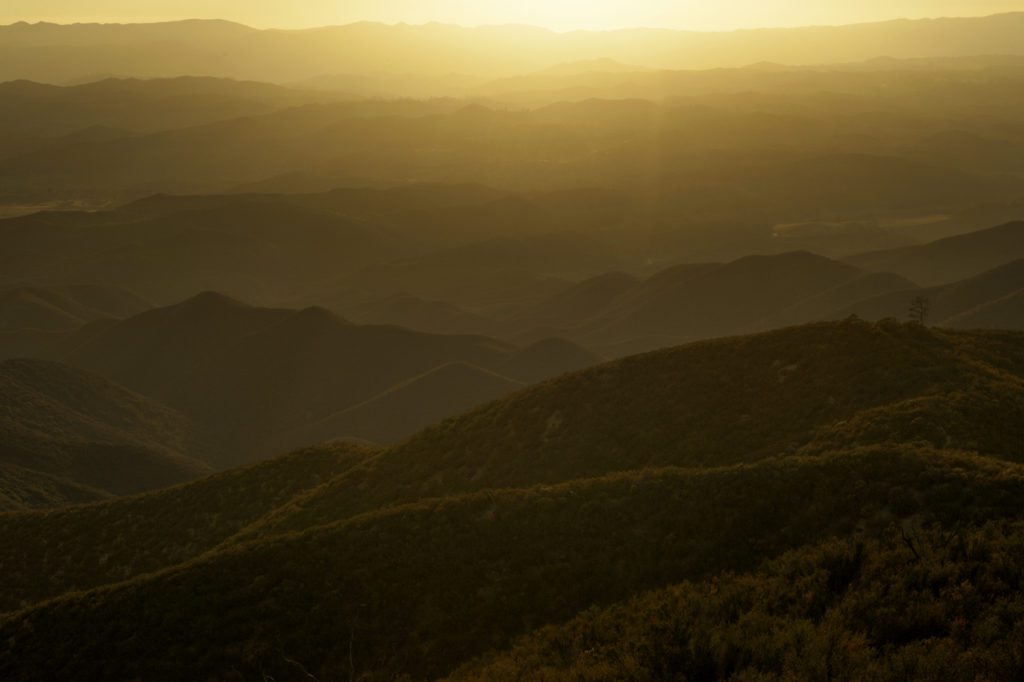The wildfires of 2020 have devastated huge swaths of the western United States and deeply concern us at The Conservation Alliance. Loss of life, loss of home, community evacuations, hazardous, smoke-filled air, and impacts on the wild places close to our hearts has caused us to reflect on how we think about fire.
The concepts of conservation and wildfire are often staged as opponents. However, we believe land conservation and responsible wildfire management can go hand in hand, they are not mutually exclusive. Our views on the interconnectedness of conservation, wildfire, and wildfire mitigation include the following beliefs:
We believe in protecting North America’s wild places. Adding protections to our most threatened and deserving landscapes promotes healthy ecosystems for wildlife, offers benefits – like clean air, clean water, and recreation opportunities – to humans, and mitigates the effects of climate change.
We believe climate change is dramatically increasing the impacts of wildfire. We are already experiencing increased temperatures, reduced snowpack, drier summers, and longer periods of drought in many parts of the United States. And with these increasing ecosystem stressors we’re also witnessing prolonged fire seasons and larger, more severe wildfires. California is the most obvious example of this: Eight of the 10 largest fires in California history have burned in the past decade, and last month the August Complex became the largest fire in the state’s history.
We believe that fire is a natural and essential component of many ecosystems. Fire has shaped the landscape of North America for millenia. From the dry ponderosa pine forests in the West, to the longleaf pine forests of the Southeast, many ecosystems have adapted to need fire. Humans have used fire to shape and steward the land since time immemorial. Fire also breeds new life. Fire recycles nutrients, makes space for new plants to grow, and creates habitat for wildlife. But after a century of aggressively fighting natural fires, our fire-dependent ecosystems are out of balance.
We do not believe there is a one-size fits all solution to the current wildfire challenge. While we are not fire scientists, we understand that different types of forests are dependent on different types of fire and that a range of solutions is needed. We believe we must find balance between increasing community safety and fire preparedness, and preparing both forests and communities to adapt to a changing climate and increasing risk of wildfire.
The dry forests of the West are historically adapted to frequent, low-intensity fires. Here, ecological thinning and prescribed fire both restore ecosystem health and mitigate wildfire risk to communities. The Conservation Alliance can support these dry forest thinning efforts – especially when projects focus on young trees to restore old-growth conditions – and sustainable timber harvesting. The Blackfoot Clearwater Stewardship Act is a recent example of the latter. However, The Conservation Alliance is opposed to logging old-growth trees, thoughtless thinning, and clearcutting forests.
We believe humans could do a better job. Nearly 85 percent of wildfires originate from human activity, a figure that could be drastically reduced if proper campfire rules and regulations were followed when humans are recreating outside. There are also more people living near natural areas, increasing the risk to life and property when wildfires do occur, so more could be done to increase community safety and preparedness, improving building codes, and creating defensible space.
Finally, studies show that communities with low adaptive capacity – as measured by factors relating to demographics, housing and transportation, language and education, and socioeconomic status – are particularly vulnerable to wildfire impacts and should be central to our planning and response to wildfires. For example, communities that are mostly Black, Latinx, or Native American experience 50 percent greater vulnerability to wildfires compared with other communities.
Learn more about the intersection of wildfire and conservation, here:
Why We Work With Fire – The Nature Conservancy
Nine Things Oregonians Should Know About Forest Fires – Oregon Wild
We Made Wildfire an Enemy for 110 Years. It Could Have Been an Ally. – The New York Times
Burn Out: Frequent Fires are Changing Western Landscapes – High Country News
Photo: Los Padres National Forest, Black Mountain Proposed Scenic Area. Credit: Jeff Jones, Lumnos Photography




